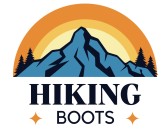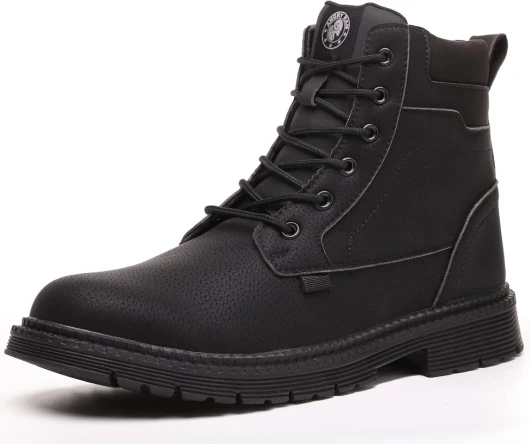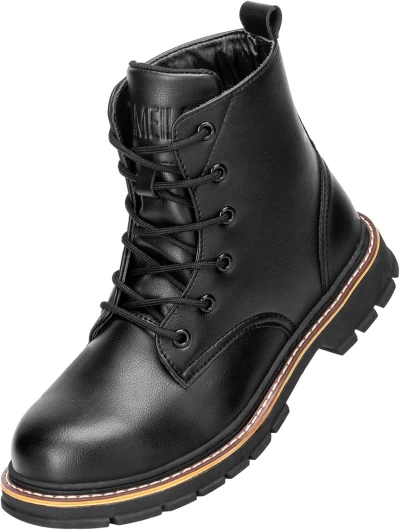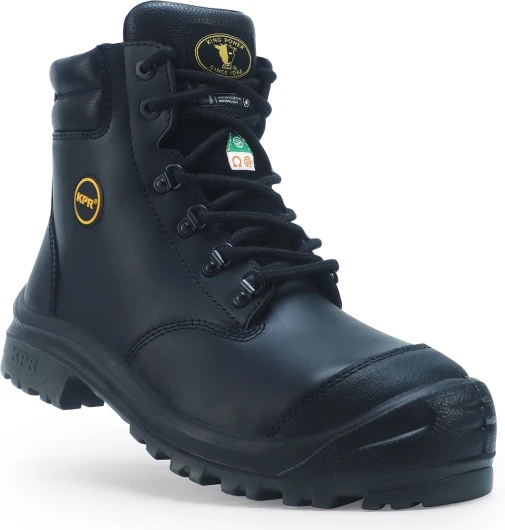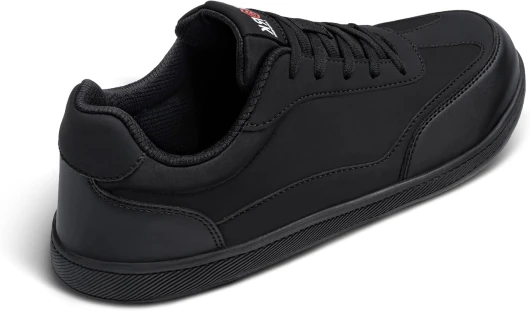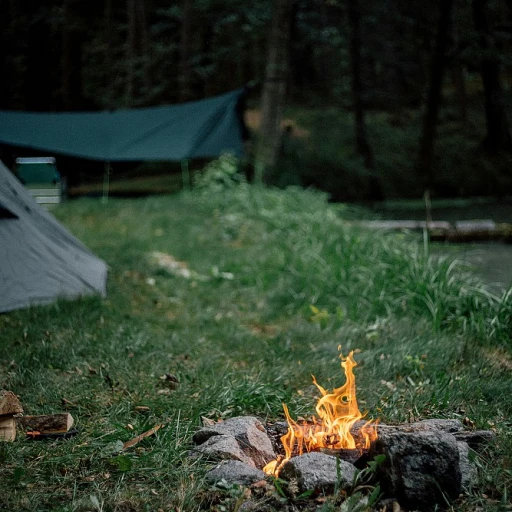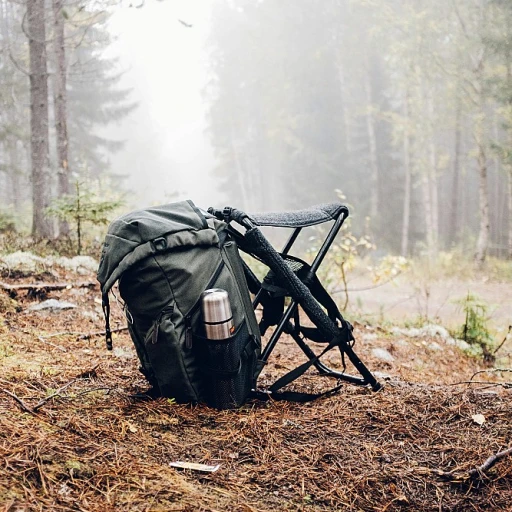
Understanding Barefoot Steel Toe Boots
Delving Into the World of Minimalist Protective Footwear
Barefoot steel toe boots are making waves in the outdoor footwear industry. These unique boots combine the minimalist design philosophy of barefoot shoes with the robust protection of steel toe caps. The principle is simple: offer the comfort and flexibility of walking barefoot while ensuring the hefty protection required for challenging terrains and work environments.
The essence of barefoot shoes is to promote natural foot movement. By doing away with tight confines often found in traditional boots, they allow for a wide toe box that accommodates the foot's natural splay. This means more comfort and better posture. However, barefoot work boots go a step further by integrating steel toe or composite toe caps for safety.
In particular, brands like Gaucho Ninja and Jim Green have been pivotal in crafting barefoot boots designed for rigorous activities. They focus on ensuring that protection does not come at the cost of foot health. While typical safety boots might feel restrictive or heavy, barefoot steel toe boots aim to strike a balance between protection and ease of movement.
These boots also often feature materials like leather and are designed with a goodyear welted construction, which enhances durability. For those concerned with waterproof capabilities, many models are built to keep moisture at bay without compromising on comfort.
It's essential to consider foot and toe protection for activities ranging from mountaineering to everyday work scenarios. For those with wider feet or specific needs, there are extra wide options to consider. This expanded choice can also be especially beneficial for those who struggle with sweaty feet, as the design promotes breathability.
The Anatomy of a Barefoot Steel Toe Boot
The Intricate Structure Unveiled
Understanding the anatomy of barefoot steel toe boots reveals why they are a compelling choice for outdoor enthusiasts. These unique creations merge traditional protective features with modern, minimalistic designs aimed at promoting natural movement.
Let's break down the key components of these boots:
- Toe Cap: The defining feature of steel toe boots, the steel toe cap, provides essential protection from impacts and compression. While this might seem at odds with the barefoot concept, manufacturers ensure the cap does not compromise the boot's flexibility or fit.
- Sole Design: The sole of these boots often boasts a durable build with features like Goodyear welting to enhance longevity and provide a reliable grip on diverse terrains. This is crucial for safety in varying outdoor conditions.
- Wide Toe Box: A signature element ensuring ample space for toe splay, crucial for natural foot movement. This design helps mitigate issues like bunions or cramped feet during extensive hikes.
- Material Choices: Premium materials such as leather or composite toe alternatives are often used for their durability and flexibility. Some feature waterproof treatments to enhance weather resilience.
- Footbed and Insole:** Emphasizing foot health, these boots incorporate insoles engineered for comfort and support, catering to the unique needs of wide or extra-wide feet.
Manufacturers like Gaucho Ninja and Jim Green often emphasize the balance between protection and freedom, staying true to the barefoot philosophy. By understanding these structural elements, you can better appreciate the nuanced craftsmanship that makes barefoot steel toe boots a viable option for both adventurous hikers and seasoned work boot wearers.
Advantages for Experienced Hikers
Exploring Benefits for Seasoned Trekkers
Experienced hikers are always on the lookout for footwear that provides reliable protection while still offering the comfort needed for long treks. Barefoot steel toe boots fit the bill with their unique blend of features. These boots, often preferred by the adventurous gaucho or nimble ninja, come with a wide toe box and flexible sole that allows the foot to move naturally. Unlike traditional hiking boots, barefoot shoes promote foot health by encouraging natural foot movement and offering broader toe caps, making them ideal for wide feet.
The materials used in these boots, such as durable leather and advanced waterproof fabrics, provide robust protection while maintaining breathability and comfort on arduous trails. Brands like Boulder Boot and Jim Green offer models that are goodyear welted, ensuring long-lasting durability akin to traditional work boots. The inclusion of a steel toe in these barefoot shoes adds an extra layer of safety, making them an excellent choice for those who prioritize protection on rugged outdoor terrains.
Another advantage is the lightweight nature of these boots, which reduces fatigue over extensive hikes. Hikers will appreciate how agile they feel in a pair of barefoot boots, similar to the nimble movements of seasoned gaucho ninjas. Plus, the minimally invasive design of these boots, compared to bulky safety boots, allows trekkers to tackle challenging paths without feeling weighed down. For those who value foot safety and function, viewing hiking poles effectively can further enhance their hiking experience.
While these attributes make barefoot steel toe boots a compelling choice for experienced hikers, it's important to consider the specific demands of your hiking activities and personal preferences to ensure you choose the right pair for your needs. Stay mindful of sizing, as models often offer extra wide choices to accommodate various foot shapes. Remember that the right fit not only maximizes comfort but also fortifies protection and safety on every journey.
Challenges Faced by Mountaineers
Challenges Encountered in the Rugged Peaks
Mountaineers face unique hurdles when choosing and using barefoot steel toe boots in the demanding conditions of high-altitude terrains.- Versatility vs. Specialized Needs: While barefoot shoes aim to give feet a natural feel and movement, those traversing glacier paths and rocky peaks may require the robust protection offered by more traditional boots. The balance between flexibility and adequate support in barefoot work boots can sometimes fall short in harsher environments.
- Durability and Toughness: Weather conditions and the terrain in mountainous regions can pose obstacles for barefoot boots, especially if they lack reinforced leather or Goodyear welted construction found in more rugged options. While steel toe caps offer safety, they may require additional reinforcements to tackle the harsh alpine conditions.
- Traction and Grip: As the terrain turns steep and slippery, the grip provided by barefoot boots might not match that of specialized mountaineering boots. The intense demand for high-traction soles to navigate through snow and ice can challenge the typical composition of a barefoot work boot.
- Waterproofing Concerns: While many boots offer waterproof features, bare feet freedom can compel the design to limit bulk, sometimes compromising full water resistance. Ensuring that waterproof protection doesn't compromise the flexibility of the barefoot design is crucial for those facing unpredictable mountain weather.
Choosing the Right Pair for Your Needs
Selecting the Ideal Pair of Steel Toe Boots
When it comes to choosing barefoot steel toe boots that cater to your specific needs, a few considerations can guide your decision.- Foot Type and Size: First and foremost, understand your foot type. Some individuals require wide shoes, while others prefer a more snug fit. Evaluating the shape of the toe box is essential, particularly if you have broader or extra wide feet. This can prevent discomfort and promote better foot health.
- Material and Construction: The material plays a significant role in both the performance and comfort of your boots. Consider options with durable leather or materials like a composite toe, known for providing substantial protection without sacrificing flexibility.
- Functionality and Features: Are you looking for waterproof capabilities or enhanced breathability? Safety features, such as a reliable toe cap and robust steel toe, which provide excellent protection during your adventures, should also be on your checklist.
- Design and Brand: Brands like Jim Green and Gaucho Ninja offer designs that might appeal to those looking for unique aesthetics and reliable performance. Additionally, boulder boots with a good goodyear welted construction could offer enhanced durability.
- Purpose and Environment: Think about where and how you plan to use your work boots. Will you go hiking, working in a rugged outdoor environment, or needing multifunctional shoes for both casual and industrial use?
Maintenance and Care Tips
Proper Care Ensures Longevity
Maintaining your barefoot steel toe boots involves a routine of regular cleaning, treating the leather, and ensuring good storage. This guarantees that your investment in such specialized footwear remains protected over time.- Cleaning: After each adventure, make a habit of cleaning any dirt or debris from your boots. Use a mild soap and lukewarm water for optimal results, allowing you to safeguard both the leather and the steel components.
- Leather Treatment: The leather in barefoot work boots benefits from conditioning. There are various oils and creams available to keep the material supple and reduce the risk of cracks and dryness. Applying a light layer after cleaning can extend the life of the leather significantly.
